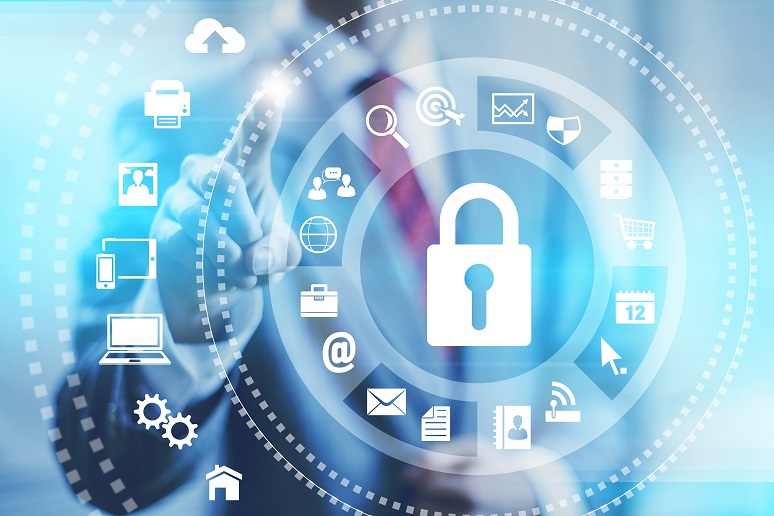As technology has transformed business in nearly every industry over the last two decades, communications has also been significantly altered. From ordering groceries to scheduling a doctor’s appointment to meeting with a personal banker, it seems as though the majority of communications today takes place digitally and through mobile devices. Because of the massive increase in digital communication, there’s also a stronger need to secure that information.
Today, the threat of a cyberattack is an unfortunate reality for most businesses that obtain sensitive consumer data. The 2019
Cost of a Data Breach Report done by the Ponemon Institute states that the global average cost of a data breach is $3.92 million — a 1.5% increase from last year’s study. So it’s no wonder that securing communications has quickly become a high priority for organizations across the board.
Because today’s consumers are digitally inclined, a significant portion of communication takes place through email and chat. And although this provides the flexibility and convenience that consumers now strongly prefer, it puts confidential consumer data at risk of a cyberattack. In fact, Verizon’s 2018
Breach Investigations report found that 92% of malware is delivered by email. With millions of emails transferring back and forth between businesses and customers every day, securing private consumer data to the highest degree is critical for businesses.
Although cybersecurity is often top of mind in a variety of ways, those outside of the call center industry might not immediately think of communications as a pillar of their security strategy. However, it’s a vital area of information security. The tactics for securing communications have evolved this year — from encrypting communications traffic to shifting the cultural mindset around security.
Enhanced Encryption in Contact Center Solutions
Communications security is rapidly evolving in the midst of today’s digital transformation, and it’s significantly impacting the way that organizations approach communications across nearly every industry. In fact, Norton reports that in the first half of this year alone, there have been 3,800 publicly disclosed breaches leaving 4.1 billion records exposed — a 54%
increase in reported breaches from the first half of 2018.
With so much data existing in the cloud today, many businesses are implementing encryption solutions as part of their UC, collaboration, and contact center strategies to better secure sensitive employee communications, including between contact center agents, and customer data. Many modern UC and contact center solutions offer an enhanced level of encryption that traditional legacy phone systems simply cannot match.
As a result, encrypting all communication — from emails and chats with customers to internal communications between representatives, as well as stored audio files — is becoming the standard in the contact center industry.
Adopting a Security Culture
In the past, the general cultural mindset of most organizations has been one of convenience for employees, including contact center agents, to complete their work in the easiest and quickest way possible. However, to a certain extent, this cultural mindset lacked weight regarding the impact specific procedures and processes could have on security. As today’s landscape becomes more consumed by digital channels, a major shift is beginning to occur in the cultural mindset of businesses as it relates to information security — resulting in a corporate mindset that views the security of consumer data as the highest priority at all times.
Although the perception certainly exists that organizations must tighten up security measures to protect information from individuals on the outside (i.e., hackers), they actually have a strong need to protect data internally as well. Although the risk of employees being involved with a data breach stemming from malicious intent is low, the risk of employees innocently putting data at risk is actually quite high. According to
Forrester, 36% of security breaches come from ignorant or careless user actions that inadvertently cause a security breach. Even more startling is the notion that 86% of IT professionals consider
insider threats to be a purely cultural issue. Because human error is so often the root cause of a data breach, organizations are starting to see the importance of adopting a security-first mindset among all their employees.
Protect from the Inside Out
Workstation security is significantly impacting the way that businesses approach communications in a variety of different industries today. As a result, businesses focused on
establishing a security culture are investing in time and resources to better train their employees to avoid common security mistakes. For example, these organizations might reinforce the need for employees to lock their computer screens whenever they step away from their desks, update passwords frequently, update their computer operating systems promptly when one becomes available or even refrain from sharing a workstation with any other employees or family members at home.
By arming their organizations internally, so to speak, with knowledge of best practices in information security, an organization can better protect itself, as well as its customers, from the threat of a cyberattack.










